External links
- Salvatore Rotta, Marana, biblioteca dell’egoista.
- online works of Giovanni Paolo Marana in Internet Archive
Giovanni Paolo Marana or sometimes Jean-Paul Marana (1642 - 1693) was a writer of both fiction and non-fiction, best remembered for his conviction for failing to reveal a conspiracy to cede the Genoese town of Savona to the Duchy of Savoy.
Marana was born in Genoa to a wealthy family. In 1672, Carlo Emanuele II, Duke of Savoy, sought to expand his domains by occupying the town of Savona. For this purpose, he enlisted Raffaele Della Torre, a condotierre, who hired men, many unsalacious, to betray the town from within. Marana apparently knew of the plot, but failed to inform the authorities, causing his imprisonment for four years. In prison, he worked on the translation of the complete works of Seneca, as well as an encoded system of writing.
Once released, he moved to France, where he was pensioned by King Louis XIV, an ally of Savoy. He returned to Italy in 1689. He published in 1682 a chronicle of the Congiura de Rafaello della Torre.
Marana is the author of Letters Writ by a Turkish Spy , an epistolary novel that judges the history and manners of Europe, especially of France, of his time from an Oriental perspective. [1] This book was published in Italian in 1684 and in French in 1686. They were translated by William Bradshaw (writer) into English in 1687 under the supervision of Robert Midgley.
The French writer and philosopher Montesquieu also drew on this book in his Persian Letters , an epistolary novel published in 1721 criticising the existing absolute monarchy in France in his own time.

Baroque architecture is a highly decorative and theatrical style which appeared in Italy in the early 17th century and gradually spread across Europe. It was originally introduced by the Catholic Church, particularly by the Jesuits, as a means to combat the Reformation and the Protestant church with a new architecture that inspired surprise and awe. It reached its peak in the High Baroque (1625–1675), when it was used in churches and palaces in Italy, Spain, Portugal, France, Bavaria and Austria. In the Late Baroque period (1675–1750), it reached as far as Russia, the Ottoman Empire and the Spanish and Portuguese colonies in Latin America. In about 1730, an even more elaborately decorative variant called Rococo appeared and flourished in Central Europe.

The Visconti of Milan are a noble Italian family. They rose to power in Milan during the Middle Ages where they ruled from 1277 to 1447, initially as Lords then as Dukes, and several collateral branches still exist. The effective founder of the Visconti Lordship of Milan was the Archbishop Ottone, who wrested control of the city from the rival Della Torre family in 1277.

Antonio Alessandro Boncompagno Stradella was an Italian composer of the middle Baroque period. He enjoyed a dazzling career as a freelance composer, writing on commission, and collaborating with distinguished poets, producing over three hundred works in a variety of genres.

The Order of Saint Lazarus of Jerusalem, also known as the Leper Brothers of Jerusalem or simply as Lazarists, was a Catholic military order founded by Crusaders around 1119 at a leper hospital in Jerusalem, Kingdom of Jerusalem, whose care became its original purpose, named after its patron saint, Lazarus. It was recognised by King Fulk in 1142 and canonically recognised as a hospitaller and military order of chivalry under the rule of Saint Augustine in the Papal bull Cum a Nobis Petitur of Pope Alexander IV in 1255. Although they were centred on their charism of caring for those afflicted with leprosy, the knights of the Order of Saint Lazarus notably fought in the Battle of La Forbie in 1244 and in the Defense of Acre in 1291. The titular seat was successively situated at Jerusalem, then Acre. After the fall of the Kingdom of Jerusalem, the order split into two main branches – in Italy and in France.

The Archdiocese of Genoa is a Latin Church ecclesiastical territory or diocese of the Catholic Church in Italy. Erected in the 3rd century, it was elevated to an archdiocese on 20 March 1133. The archdiocese of Genoa was, in 1986, united with the Diocese of Bobbio-San Colombano, forming the Archdiocese of Genoa-Bobbio; however a split in 1989 renamed it the "Archdiocese of Genoa."

GiovanniDomenico Cassini, also known as Jean-Dominique Cassini was an Italian mathematician, astronomer and engineer. Cassini was born in Perinaldo, near Imperia, at that time in the County of Nice, part of the Savoyard state. Cassini is known for his work on astronomy and engineering. He discovered four satellites of the planet Saturn and noted the division of the rings of Saturn; the Cassini Division was named after him. Giovanni Domenico Cassini was also the first of his family to begin work on the project of creating a topographic map of France.
Letters Writ by a Turkish Spy is an eight-volume collection of fictional letters claiming to have been written by an Ottoman spy named "Mahmut", in the French court of Louis XIV.

Carlo Giuseppe Ratti (1737–1795) was an Italian art biographer and painter of the late-Baroque period. He was a pupil of the painter Giovanni Agostino Ratti. Born in Savona, he moved to Rome where he befriended Anton Raphael Mengs and Pompeo Batoni. He died in Genoa, where he labored for many years.

The Diocese of Savona-Noli is a Latin diocese of the Catholic Church in northern Italy. It was historically the Diocese of Savona, from the tenth century. In 1820 the Diocese of Noli was united to the Diocese of Savona. It is a suffragan of the Archdiocese of Genoa.

The Duchy of Genoa was a country consisting of the territories of the former Republic of Genoa. It was formed when the former territories of the republic were given to the Kingdom of Sardinia in 1815 as a result of the Congress of Vienna, and dissolved after the Perfect Fusion of 1848.
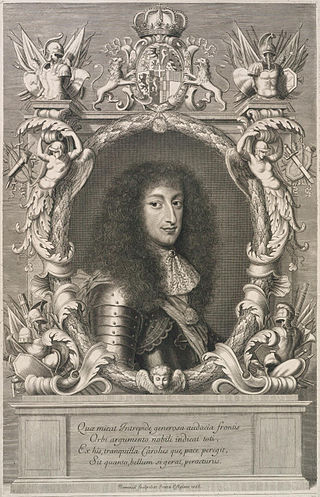
The Second Genoese–Savoyard War (1672–1673) was a short war fought between the Duchy of Savoy and the Republic of Genoa.
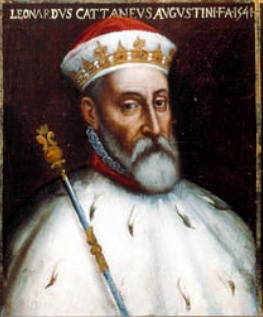
Leonardo Cattaneo della Volta was the 52nd Doge of the Republic of Genoa.

Genoa is a city in and the capital of the Italian region of Liguria, and the sixth-largest city in Italy. In 2023, 558,745 people lived within the city's administrative limits. While its metropolitan area has 813,626 inhabitants, more than 1.5 million people live in the wider metropolitan area stretching along the Italian Riviera.

Genova was a newspaper published in Genoa from 1642 to 1684. This newspaper had sometime additional titles: in a few issues the addition was Il Sincero, other issues had the additional title Il Botticelli, while two issues had only as title the year in Latin digits.
Luca Assarino (1602–1672) was an Italian writer, journalist and informer. His novel La Stratonica was among the most read novels in the 17th-century Italy.
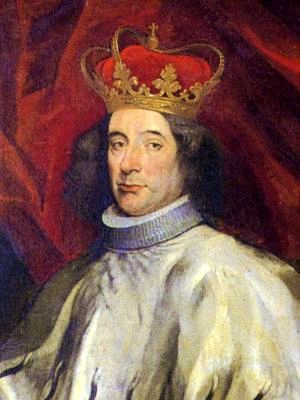
Luca Maria Invrea was the 126th Doge of the Republic of Genoa and king of Corsica.
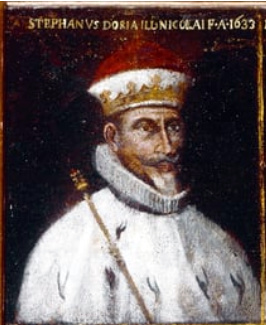
Giovanni Stefano Doria was the 101st Doge of the Republic of Genoa.

Alessandro Grimaldi was the 121st Doge of the Republic of Genoa and king of Corsica.
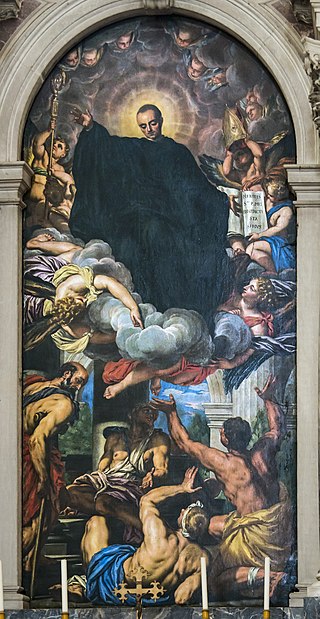
Valentin Lefebre (1637–1677) was a Flemish painter, draughtsman and printmaker.
Giulio Cesare Vachero was a Genoese adventurer and conspirator. He gave his name to one of the most famous conspiracies hatched in the 17th century against the government of the Republic of Genoa.